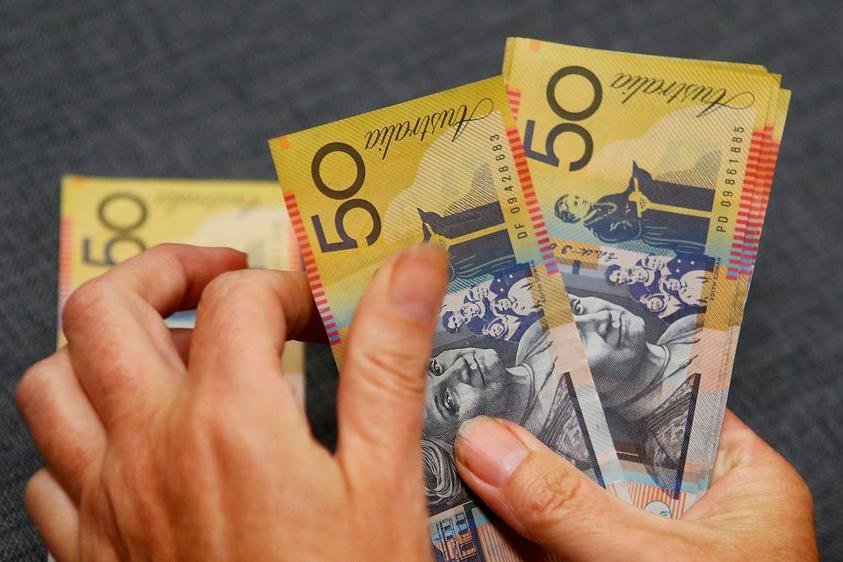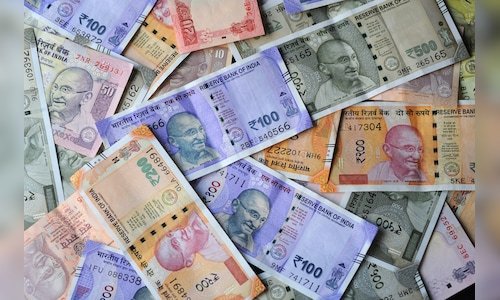SINGAPORE/LONDON – The Australian dollar tumbled on Tuesday, while the safe-haven Swiss franc and Japanese yen strengthened as renewed signs of strains in U.S.-China trade relations dented risk sentiment and left investors ducking for cover.
Trade and tariffs have been the main focus since dramatic market moves on Friday when U.S. President Donald Trump threatened to slap additional 100% tariffs on goods from China, in response to Beijing’s curbing of exports of critical minerals.
While a more conciliatory tone from Trump at the weekend helped fuel some optimism at the start of this week, Tuesday served as a stark reminder that ties between the two nations remain on thin ice.
The United States and China on Tuesday will begin charging additional port fees on ocean shipping firms that move everything from holiday toys to crude oil.
In addition, Beijing announced that it has taken countermeasures against five U.S.-linked subsidiaries of South Korean shipbuilding firm Hanwha Ocean and separately said it has launched an investigation into how a U.S. Section 301 probe affects its domestic shipping industry.
The Australian dollar, often used as a liquid proxy for Chinese assets and broader risk sentiment given the two countries’ close economic links, shed 1% to 0.6465, its lowest in nearly two months. The New Zealand dollar fell 0.6% to $0.5693.
“There’s only one global story – the escalation of the trade war between the U.S. and China, and it’s a good reminder that even if this de-escalates at some point, which is both consensus, and also our view, that uncertainty and tariffs are for the long run,” said Samy Chaar, chief economist at Lombard Odier.
Safe haven currencies were going the other way, with the dollar down 0.3% against the Japanese yen at 151.82. It also fell on the Swiss franc, and even after a small recovery, it was last down 0.1% at 0.8035 francs.
Political uncertainty in Japan capped the yen’s gains, after Sanae Takaichi’s bid to become the nation’s first female prime minister was thrown into doubt on Friday when her ruling party’s junior coalition partner quit. The Japanese currency is still in sight of last week’s eight-month low.
Markets were less clear what the global trade tensions might mean for the dollar more broadly or for the euro. The euro/dollar is the world’s most traded currency pair.
Traders in Asia bid the euro higher, but those in Europe disagreed and the euro was last down 0.15% at $1.1552.
Chaar said while Japanese politics mattered for the yen, France’s political deadlock mattered less for the euro, as it was hard to see any outcome to the current situation that would significantly change French, let alone broader European, fiscal or monetary policy.
Britain’s pound was a big idiosyncratic mover, off 0.6% on the dollar at $1.3256 after data showed pay growth slowing and jobless claims ticking higher.
The pound also softened against the euro, with the common currency up 0.4% at 87.11 pence.
Elsewhere, cryptocurrencies were similarly caught in the broad selloff in risk assets, with bitcoin slumping 3.5% to $111,770. Ether tumbled 7.6% to $3,962.
Market participants said the crypto sector on Friday saw more than $19 billion in liquidations across leveraged positions as panic selling and low liquidity triggered sharp swings.





